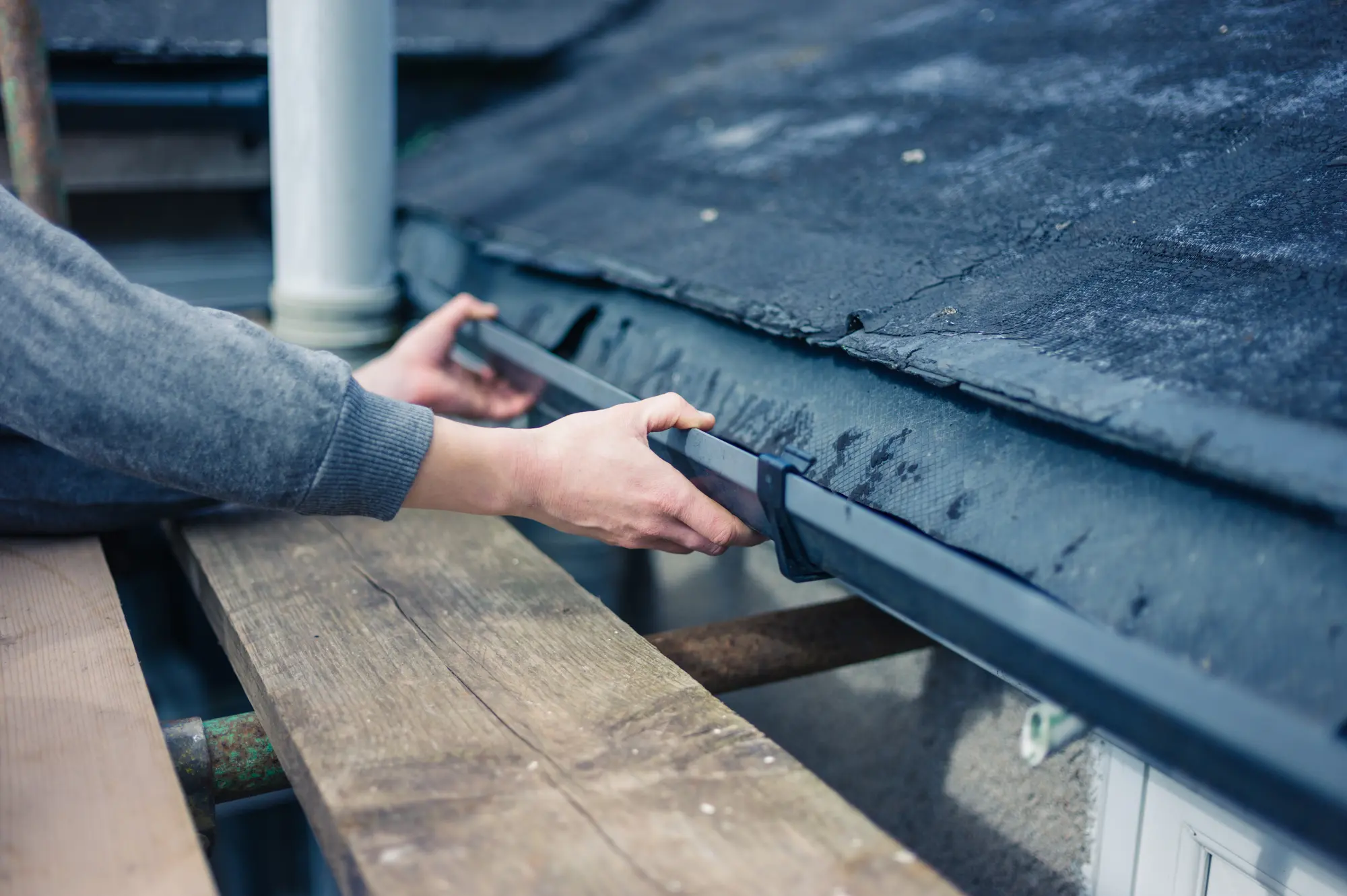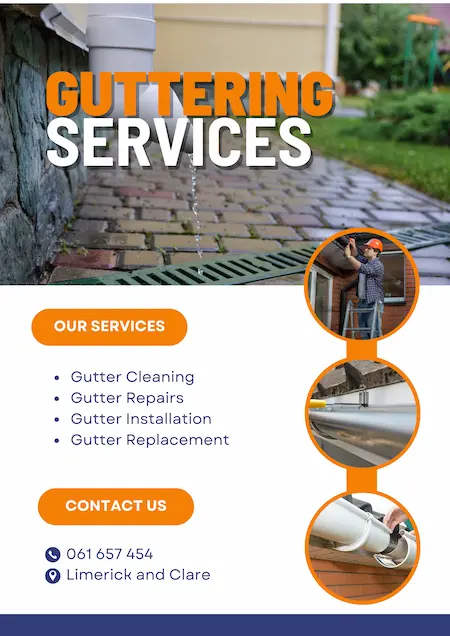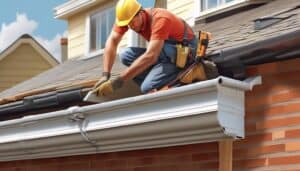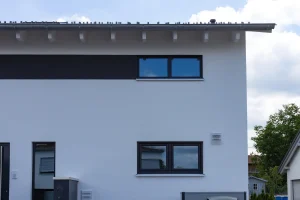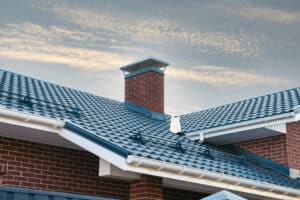Misaligned gutters fail to channel water properly, causing overflow that damages foundations, basements, and landscaping.
At Guttering Services, we fix hundreds of misaligned gutter systems across Limerick and Clare each year.
Proper gutter alignment ensures water flows correctly to downspouts instead of spilling over edges or pooling in sagging sections where it can damage your property’s structure.
Contact Guttering Services today for a free gutter alignment inspection and protect your property from costly water damage with our professional repair service.
Key Takeaways
- Gutter alignment is essential to prevent water damage. You can check if your gutters are aligned by pouring water into them. If the water doesn’t flow smoothly, the gutters may be misaligned. Tighten or replace loose brackets to fix this.
- Gutter guards and downspout extensions can help. Gutter guards keep debris out and prevent damage, while downspout extensions and splash guards help water flow away from your foundation.
- If you can’t fix it yourself, get professional help. If you’re still having problems, a gutter company can help you repair and realign your gutters.
What Are the Steps to Assess and Fix a Gutter Slope?
To ensure your gutters are functioning properly, it’s essential to verify their slope. A well-sloped gutter effectively channels rainwater towards the downspout, preventing potential damage to your home’s foundation.
Here’s a step-by-step guide to check and adjust your gutter slope:
- Gather your tools: A sturdy ladder, a gallon of water, and a screwdriver are all you need.
- Pour water into the gutter: Start at the end of the gutter farthest from the downspout and pour water into it.
- Observe water flow: The water should flow steadily toward the downspout without pooling or overflowing. If not, there’s likely an alignment issue.
- Tighten or straighten brackets: Loose or bent brackets can disrupt the gutter’s slope. Use a screwdriver to tighten loose ones and gently straighten bent ones.
- Retest water flow: After adjusting the brackets, repeat the water test to see if the problem is resolved.
- Address sagging or damaged gutters: If the problem persists, your gutters might be sagging or damaged. In these cases, you may need to replace sections or seek professional help.
Remember: A slight slope, around 1cm per 3.5 meters, is ideal for proper gutter drainage. By following these steps, you can ensure your gutters are working efficiently and protecting your home from water damage.
How to Identify Alignment Issues?
Once you’ve checked the gutter slope, look for signs of misalignment. These include uneven gutters, sagging gutters, or gutters pulling away from the roof. If water overflows during rain or doesn’t flow smoothly to the downspout, there’s a problem.
Here’s a table with the common gutter alignment issues and solutions:
| Common Issue | Possible Solution |
|---|---|
| Sagging Gutters | Re-secure or add brackets |
| Gutters Pulling Away | Replace fittings or secure with screws |
| Uneven Gutter Slope | Adjust the brackets to correct the slope |
| Stagnant Water | Clear blockages and ensure proper slope |
By addressing these issues, you can ensure your gutters are functioning properly and protecting your home from water damage.
What to Do in Repairing Faulty Gutter Brackets?
When faulty brackets cause alignment problems in your gutters, it’s time to focus on repairs that restore stability and function. Start by carefully inspecting each bracket for signs of damage or weakness.
If you find a loose bracket, grab a screwdriver and tighten the screws securely to ensure the bracket fits snugly against the fascia. If the bracket is bent, apply firm pressure to straighten it out, realigning it with the gutter’s intended slope.
If tightening doesn’t resolve the issue or the bracket is beyond repair, you’ll need to replace it. Visit your local hardware store to find a matching replacement. Once you have the new bracket, remove the old one by unscrewing it from the fascia.
Adjust the new gutter bracket in place, ensuring it follows the correct slope to facilitate water flow. Secure it with screws, double-checking for stability before moving on to the next bracket.
After addressing all faulty brackets, conduct a water flow test to confirm the success of your repairs. Pour water into the gutter and observe its movement. The water should flow smoothly towards the downspout without any sagging or overflow. If everything looks good, you’ve successfully repaired your gutter brackets and restored proper alignment.
How to Realign Gutter Sections?
Once you’ve addressed any faulty brackets, the next step is to realign your gutter sections to ensure proper water flow. Begin by carefully inspecting the entire length of the gutter. Look for sections that may have become misaligned due to weather, incorrect installation, or general wear and tear.
To check the slope, pour water into the end of the gutter farthest from the downspout. The water should flow steadily towards the downspout without pooling. If it doesn’t, you’ll need to adjust the slope. Remember, gutters should have a slight downhill angle, approximately 1cm drop for every 3.5 meters of length, to guide the water correctly.
If you find a sagging or improperly sloped section, loosen the brackets and gently adjust the gutter into alignment. Retighten the brackets and retest the slope with water.
For sectional gutters that are sagging, consider adding extra brackets for support, spaced approximately 60cm to a meter apart.
If you’re unsure about the slope or the realignment doesn’t resolve the issue, don’t hesitate to seek professional help. Gutter realignment can be challenging, and getting it right is crucial to prevent future problems. While you can attempt to fix the alignment issues yourself, consulting a professional ensures a precise and long-lasting solution.
If you’re in Limerick and need expert gutter repair assistance, our professional service is available to help. We have the expertise and tools to accurately assess alignment issues and provide effective solutions. Whether you’re dealing with sagging gutters, loose brackets, or misaligned sections, our experts will ensure your gutter system is restored to optimal functionality.
Frequently Asked Questions
